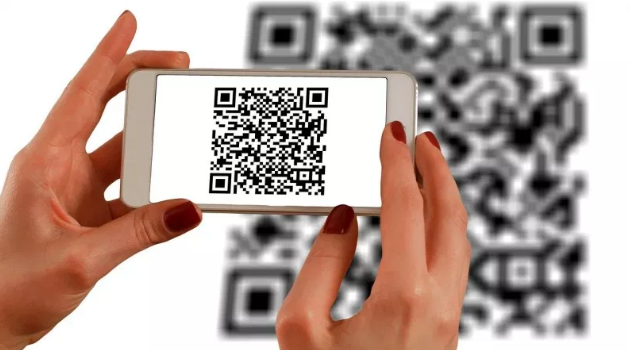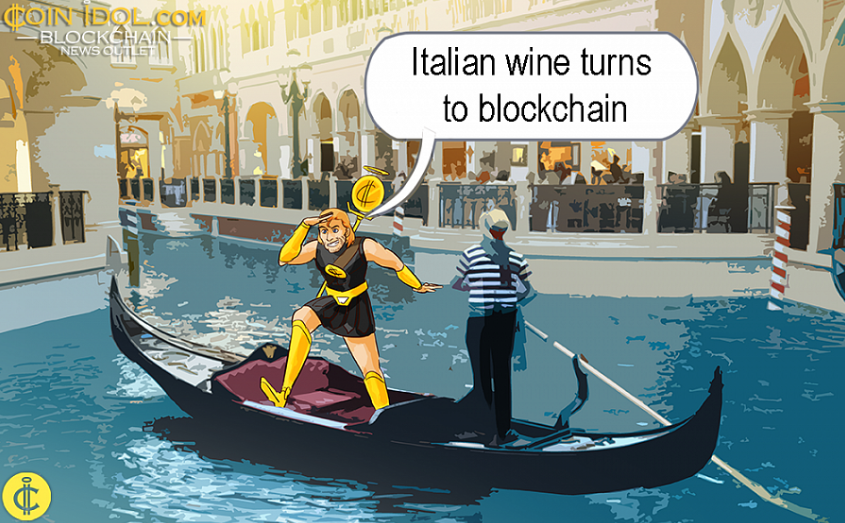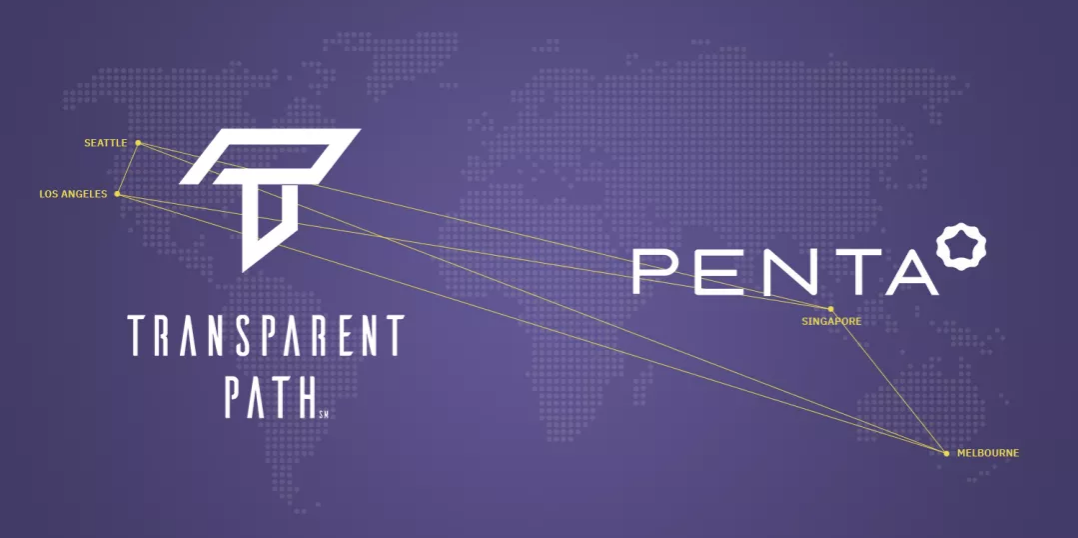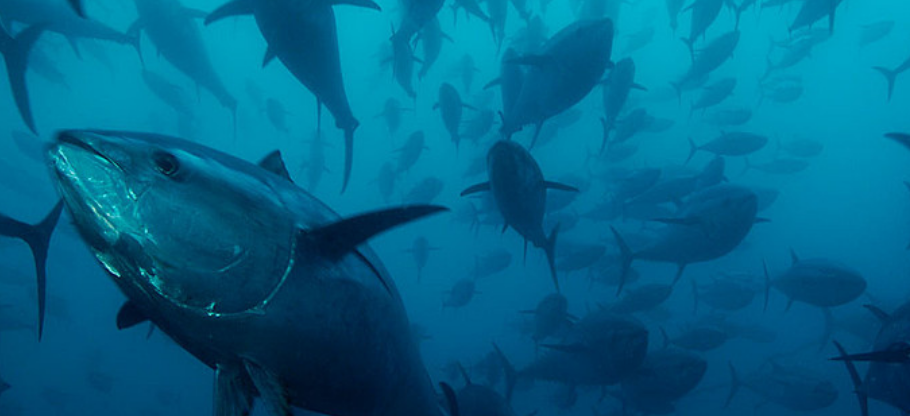 Carrefour has already found that, by enabling its clients to be able to track the provenance of some of its meat, dairy, and fruit products, there has been an increase in sales.
Carrefour has already found that, by enabling its clients to be able to track the provenance of some of its meat, dairy, and fruit products, there has been an increase in sales. In the hyper-competitive grocery market, anything which one supermarket can give them an edge is bound to be copied by its competitors. Carrefour has said it will increase the number of products it sells using its Blockchain platform which offers greater transparency as to where these products originate from, where they were packed or picked, and if it subject to any genetically modified organisms, antibiotics or pesticides. It is now looking to expand in the future by adding non-food lines, i.e. clothing, as well as more information such as how much the farmer earns out of the shelf price. It is also experimenting with ways to identify products which do not rely on a “quick response’ (QR) code.
Emmanuel Delerm, Carrefour’s Blockchain project manager, told Reuters “The Blockchain initiative has proved most popular so far in China - where it is already common for shoppers to scan QR codes, followed by Italy and France, with some people spending as long as 90 seconds reading the provenance information. They are interested in information about the origin of products and how animals are cared for, with one video of a farmer with his chickens proving popular, millennials are buying less, but buying better products for their health, for the planet.”
To date, Carrefour has focused on using Blockchain technology to provide details on its own label brands. However, it has also been collaborating with Nestle to give consumers access to information for Nestle’s Mousline potato puree products, thus allowing customers to be able to see it is only made from French potatoes.
It is not just Carrefour which is using QR codes and Blockchain technology to allow customers to get detailed information about the food they are buying - SAP has a platform too. Blueberry farmers in Chile are adding QR codes to their products so that the end-buyer is able to track the journey from the farm to the shelf. As reported in a Forbes article – “by simply scanning the QR code with our smartphones, we’ll see proof of where the berries were grown, learn about the farm’s sustainability practices, and be assured that the harvesters are well-treated under fair labor laws. Blockchain will be behind it all”.
In Asia, the South China Morning Post reported that Alibaba is trialling a project with four farmers in New Zealand to enable consumers to be able to identify what raw ingredients have been used, simply by using their mobile phones to scan the QR code. The intention is to build a “Food Trust Framework”, giving more information about the food consumers are buying. In the event of there being a problem, e.g. some form of contamination getting into the food distribution chain, if one is able to track the provenance using Blockchain technology, it will be faster to identify the source of the problem.
#FrontierInsights
Blockchain
Food & Beverages
Logistics And Supply Chain








